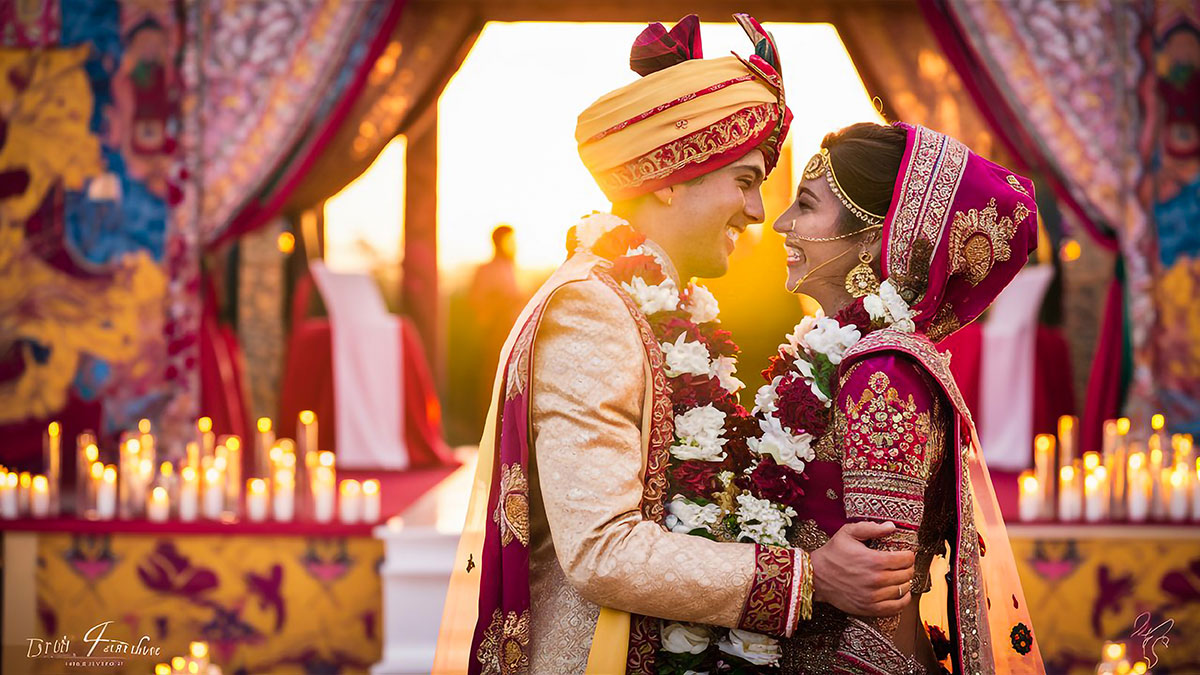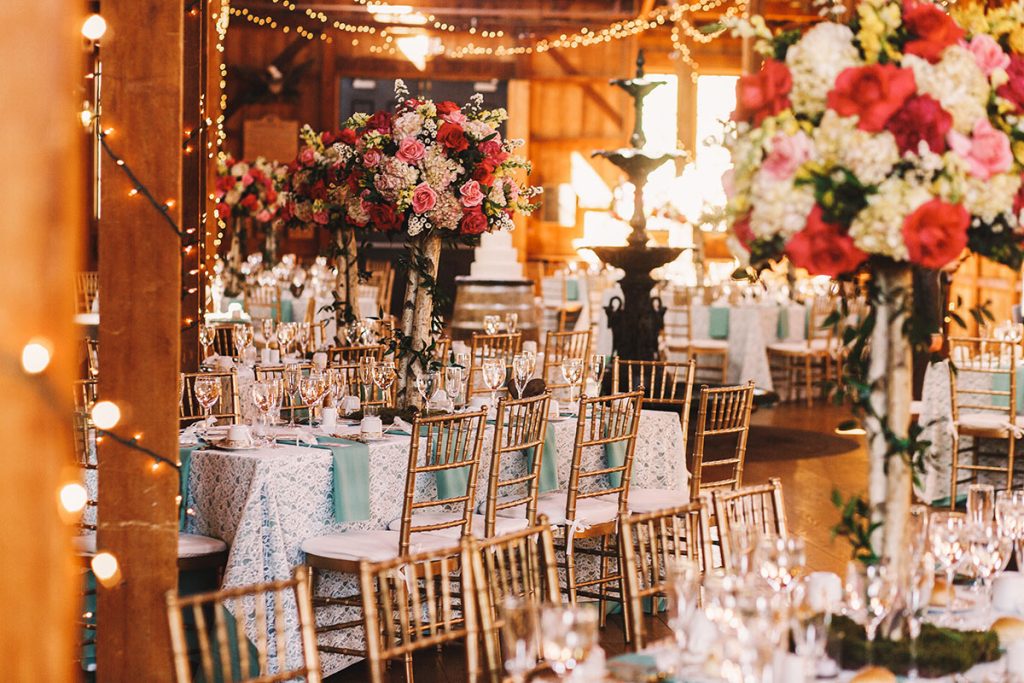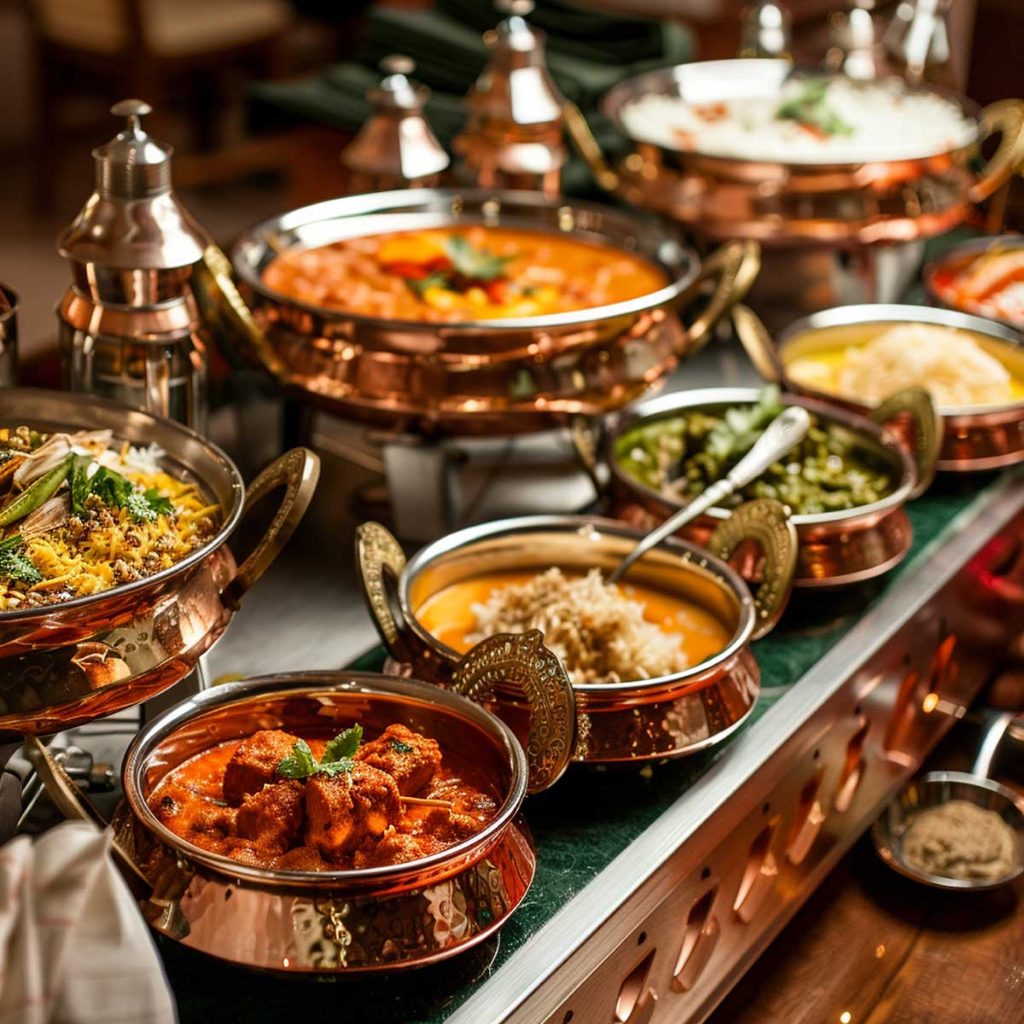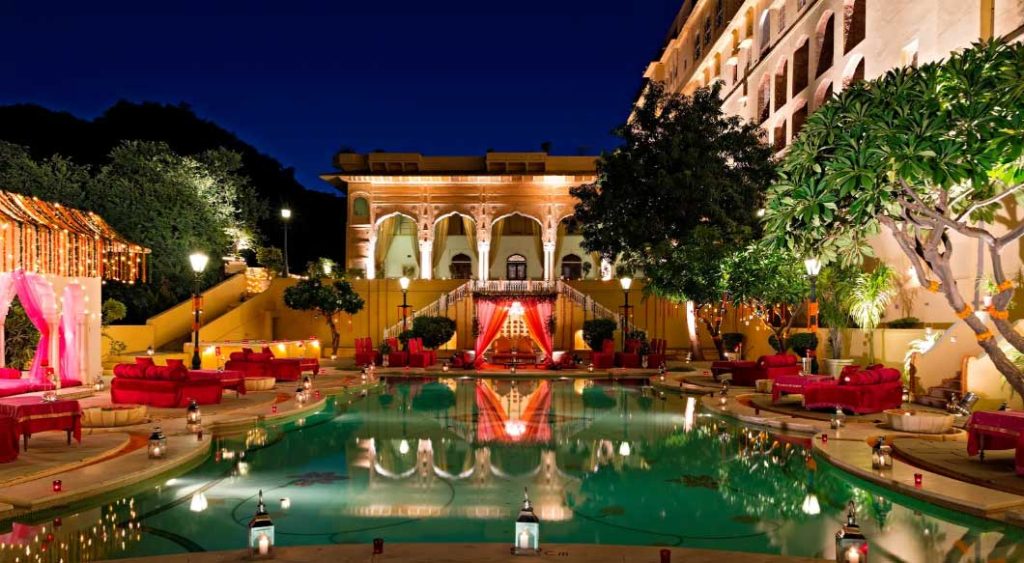
India’s wedding season has always been grand, but 2025 has turned it into an economic and cultural event of epic proportions. Between November 1 and December 14, India is set to witness more than 46 lakh weddings (4.6 million weddings), generating an estimated ₹6.5 lakh crore ($ USD 78 billion) in business.
The Confederation of All India Traders (CAIT) calls it the biggest wedding season in the nation’s history — one that will create over one crore temporary and part-time jobs (10 million jobs) and contribute nearly ₹75,000 crore ($ USD 9 billion) in tax revenue.
The capital alone will account for ₹1.8 lakh crore ($ USD 22 billion) in spending, led by jewellery, apparel, and venue bookings. Delhi’s 4.8 lakh weddings (480,000 weddings) this year reflect a trend that’s sweeping across metros and tier-II cities alike: weddings are no longer private affairs — they’re micro-economies that power the hospitality, fashion, jewellery, and service sectors all at once.
What used to be a week of family rituals has evolved into an entire production. From heritage palaces and desert fortresses to beachside resorts and hilltop retreats, venues are being re-imagined as immersive experiences. Each wedding today resembles a conference in its logistics and a festival in its energy.
The country’s collective spend is distributed across an impressive range of services: catering (10%), event management (5%), photography and videography (2%), travel and hospitality (3%), floral décor (4%), music bands (3%), and light and sound (3%).Behind this evolution is a powerful cultural force: aspiration. Every celebrity wedding sets a new benchmark. When Priyanka Chopra and Nick Jonas transformed Umaid Bhawan Palace into a global spectacle of tradition and modernity, it became a blueprint for luxury weddings. When Virat Kohli and Anushka Sharma chose an intimate Tuscan estate, they gave rise to the destination-wedding dream. Each of these events rewired expectations, inspiring families across social strata to demand experiences that feel personal, photogenic, and flawlessly orchestrated.





For hotels, this transformation has been both opportunity and trial. The wedding rush fills rooms and banquets, but it also tests the very limits of coordination. A single event now stretches across lawns, terraces, ballrooms, and rooftops — each functioning as its own stage with a separate set of expectations.
A delay in service or a billing discrepancy can quickly turn into a reputational risk. That’s why forward-thinking properties are treating weddings as a distinct business vertical with its own systems, staffing, and service architecture.
Some hotels have introduced operational zoning, creating self-contained event areas with dedicated banquet, housekeeping, and culinary teams. Others have invested in flexible staffing models, bringing in trained temporary professionals who maintain service quality without pulling resources away from core guests. The smartest operators are also leaning on data and dynamic pricing, forecasting auspicious dates months in advance, blocking inventory for groups, and adjusting tariffs transparently.
The results are tangible: properties report record average daily rates (ADR) and higher RevPAR during the wedding window.
Efficiency now depends as much on process as on personality. Managing dozens of external vendors — florists, photographers, sound engineers, and caterers — requires tighter contracts, scheduled delivery windows, and centralized inventory tracking so that one lavish banquet doesn’t drain resources meant for another outlet.
Privacy has become a differentiator too. From exclusive arrival corridors to pre-flagged VIP rooms and dedicated security liaisons, hotels are learning that discretion is the new definition of luxury.
Technology underpins all of this. But the winners are not those chasing flashy digital gimmicks — they are the ones using simple, well-integrated systems that keep every department aligned.Real-time kitchen display systems, centralized event calendars, and guest-facing digital menus have become quiet revolutions. Platforms such as Prologic First’s PMS and POS suites are already enabling leading hotels to coordinate multi-venue operations, manage vendor billing, split folios seamlessly, and maintain precise consumption records — turning potential chaos into smooth choreography.
As the wedding economy expands, hospitality must evolve from reactive service to orchestrated experience. The modern Indian wedding demands the precision of a concert and the warmth of a family gathering — both delivered with consistency.
Success now belongs to hotels that balance operational discipline with emotional intelligence, that use technology not to replace human touch but to amplify it.
In a season that will break every record, the hospitality industry finds itself at the center of celebration and commerce. The real artistry lies not in the glittering décor or grand buffets, but in the invisible systems that make those moments look effortless.
Because in India’s great wedding economy, every guest is part of a carefully tuned performance — and the hotel, when it gets everything right, is the unseen conductor making the music play on.